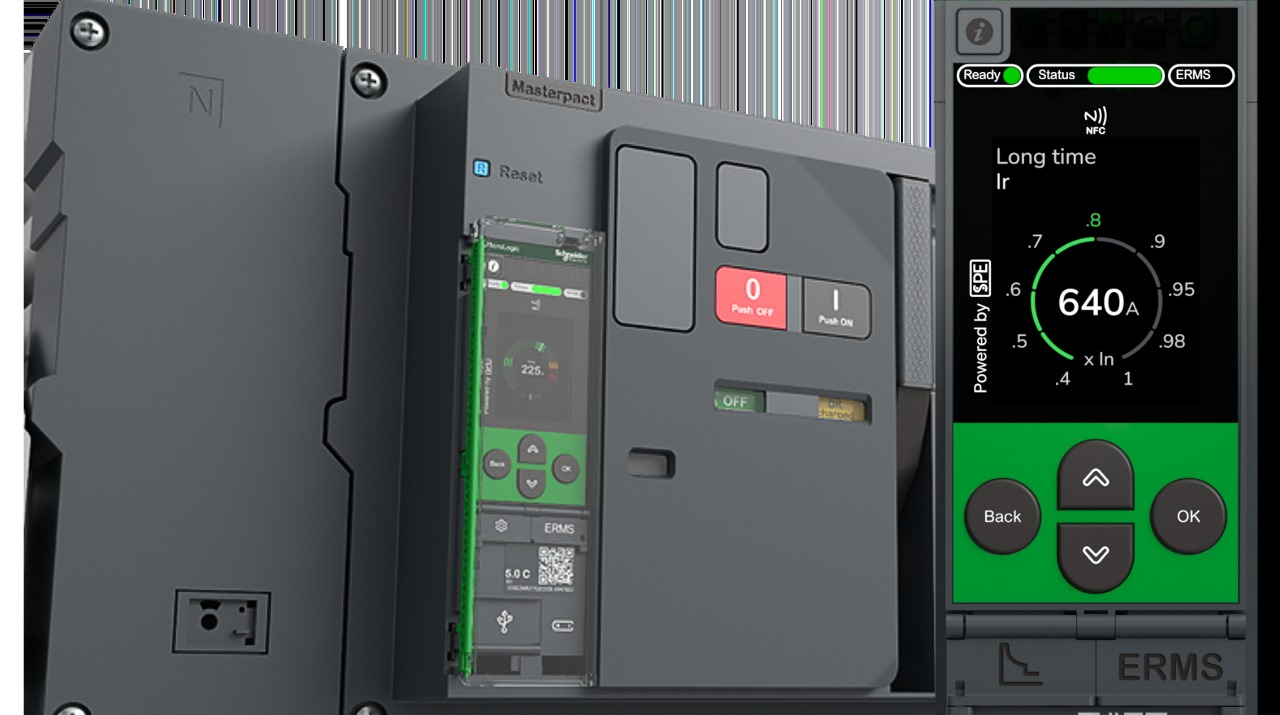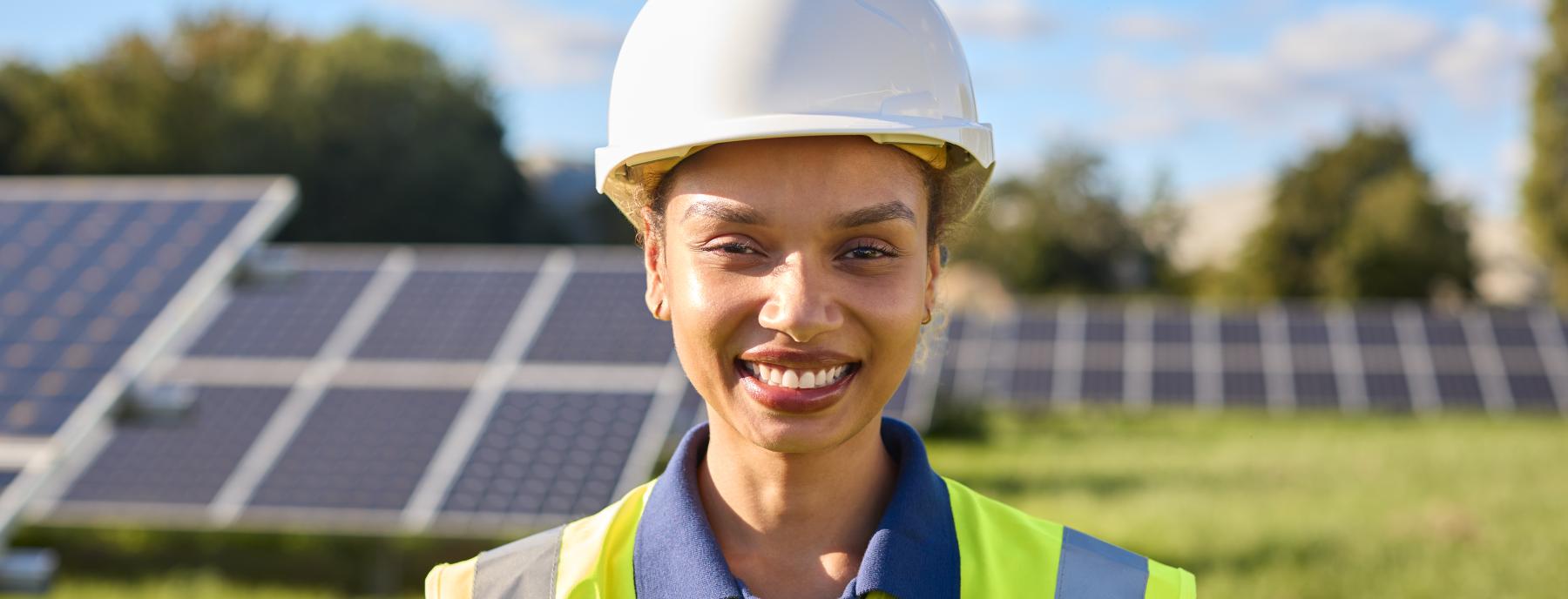Falling Prices Reshape Africa’s Energy Choices
Africa is witnessing a record acceleration in solar adoption, powered by Chinese solar panels that have become dramatically cheaper over the last five years. Between 2018 and 2025, global solar module prices fell by nearly 70%, according to BloombergNEF. This drop has made solar not just a green option but also the most cost-competitive source of new electricity across much of the continent.
For African governments under pressure to expand power access affordably, the falling cost curve is a turning point. As the International Energy Agency (IEA) notes, “Solar PV is now the cheapest source of electricity in history, and Africa is positioned to benefit disproportionately.”
Chinese Solar Panels in Africa: Scale and Reach
China has long dominated the solar supply chain, producing over 80% of the world’s modules. With oversupply at home and falling demand growth in Europe, Africa has become the next frontier for expansion. From Kenya to South Africa, Chinese firms such as PowerChina, JA Solar, and LONGi are ramping up projects.
A map of Chinese solar projects in Africa (2024–2025) shows activity spanning multiple regions, with megawatt-scale farms in Nigeria, Angola, and Zambia, alongside distributed rooftop projects in Kenya and Senegal.
Case Study: Zambia’s 100 MW Chisamba Solar Project
One of the flagship examples is the 100 MW Chisamba solar project in Zambia, developed by PowerChina in 2024. The project, financed under a public-private partnership, is expected to supply electricity to over 100,000 households at less than 5 cents per kilowatt-hour far cheaper than the diesel imports Zambia has relied on.
According to an African Development Bank (AfDB) energy specialist, projects like Chisamba demonstrate how “China’s scale in solar manufacturing is directly reducing Africa’s power costs, creating space for both industrialization and universal access.”
Why Africa Is Betting Big on Chinese Solar
1. Affordability and Speed
Chinese firms deliver panels at record-low costs, cutting project budgets by up to 30%. With low-cost financing from Chinese banks, many African governments are fast-tracking large-scale plants.
2. Technology Transfer
Through joint ventures, African engineers gain exposure to Chinese know-how in solar deployment, grid integration, and storage.
3. Energy Security
With frequent blackouts and rising fossil fuel bills, renewables provide insulation from global oil and gas price volatility.
“Every megawatt of solar added is one step away from dependence on diesel,” notes an energy policy expert at China Dialogue, highlighting the geopolitical edge solar provides.
The Challenges Ahead
Yet, the solar boom is not without hurdles. Analysts at BloombergNEF and IRENA warn that while falling module costs are a win, Africa still faces:
- Weak transmission networks that cannot absorb large volumes of variable solar.
- Currency risks when importing panels priced in dollars.
- Limited local manufacturing, leaving most of the value chain in China.
- Financing gaps, particularly for smaller developers who lack access to concessional loans.
Without stronger policies and domestic value-addition, Africa risks becoming overly dependent on imported Chinese technology.
Solar as the Backbone of Africa’s Energy Future
Despite challenges, the trajectory is clear. By 2030, the IEA projects that solar could provide more than 20% of Africa’s electricity, a dramatic leap from less than 5% today. Most of this growth will be driven by Chinese imports unless local manufacturing scales up.
The AfDB has called for a “balanced strategy” where Africa embraces Chinese affordability while simultaneously investing in domestic production hubs. Already, Nigeria and South Africa are considering local assembly plants, signaling a new phase of the solar story.
Also read: Zambia Secures $71.5 Million for 100MW Solar Project, Advancing Renewable Energy Drive
Frequently Asked Questions (FAQs)
1. Why are Chinese solar panels dominating Africa’s renewable energy market?
China controls over 80% of global solar manufacturing, allowing it to supply Africa with panels at record-low costs. Coupled with concessional financing and rapid delivery times, Chinese solar is often the most affordable option for African governments.
2. How much have solar module costs fallen?
According to BloombergNEF, global solar module prices fell by almost 70% between 2018 and 2025. This decline has made solar cheaper than coal and natural gas for new power generation in most African countries.
3. What is the impact of Chinese solar projects in Africa?
Chinese-led projects, such as Zambia’s 100 MW Chisamba plant, are providing low-cost electricity, reducing reliance on diesel imports, and improving energy access. These projects are also creating jobs and enabling technology transfer to local engineers.
4. Are there risks in Africa’s reliance on Chinese solar imports?
Yes. While the affordability is a win, experts warn of over-dependence on imports, exposure to currency risks, and limited local manufacturing. Without domestic industry growth, most of the economic value will remain in China.
5. How does solar compare to other energy sources in Africa?
Solar is now the cheapest source of new electricity, outcompeting coal, gas, and hydro in many regions. The IEA projects that solar could supply 20% of Africa’s electricity by 2030, up from less than 5% today.
6. What role do institutions like the AfDB and IEA play?
The African Development Bank (AfDB) is providing financing for grid upgrades and renewable energy projects, while the IEA tracks global trends and highlights Africa’s potential to leapfrog into a solar-powered future.



